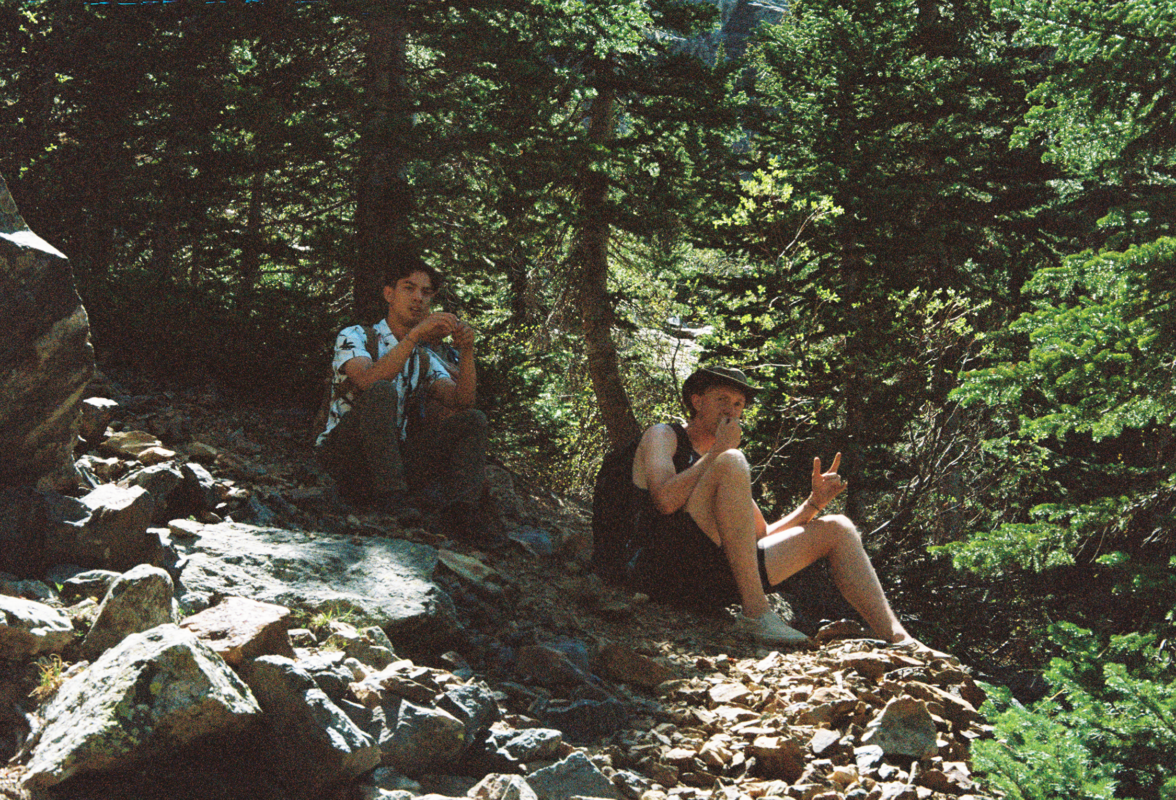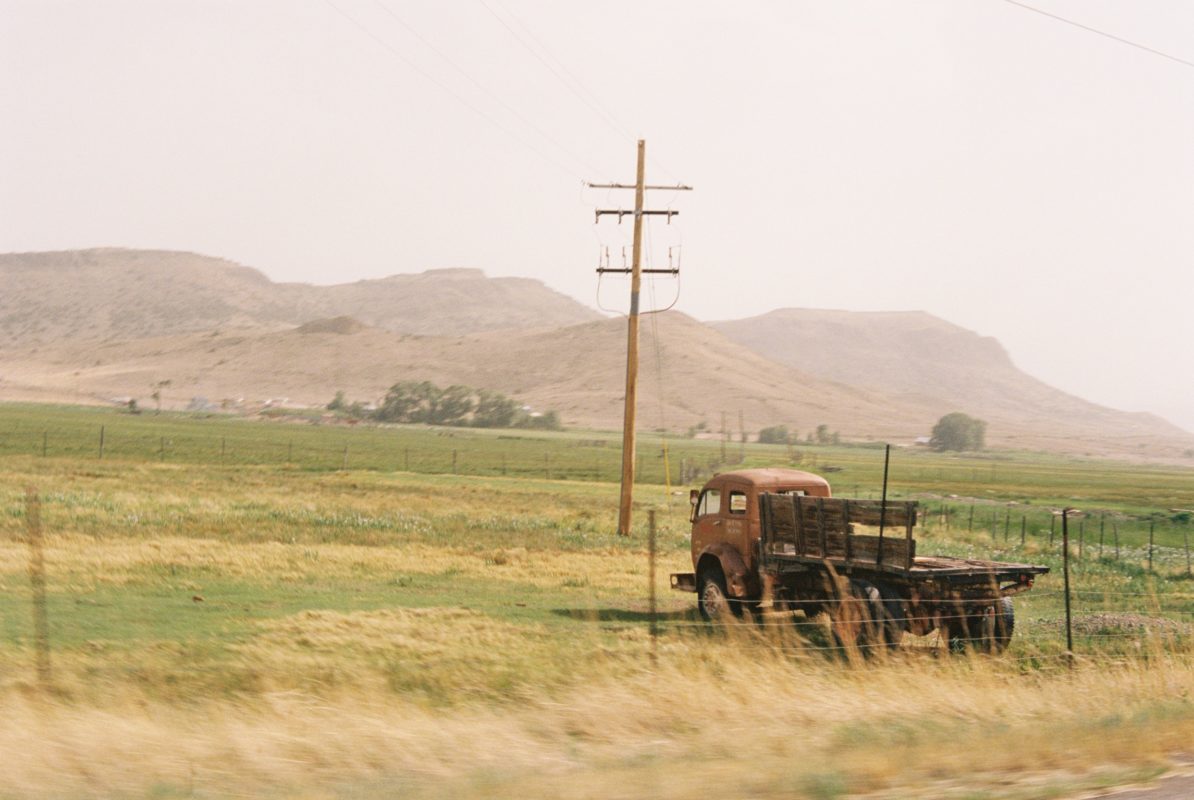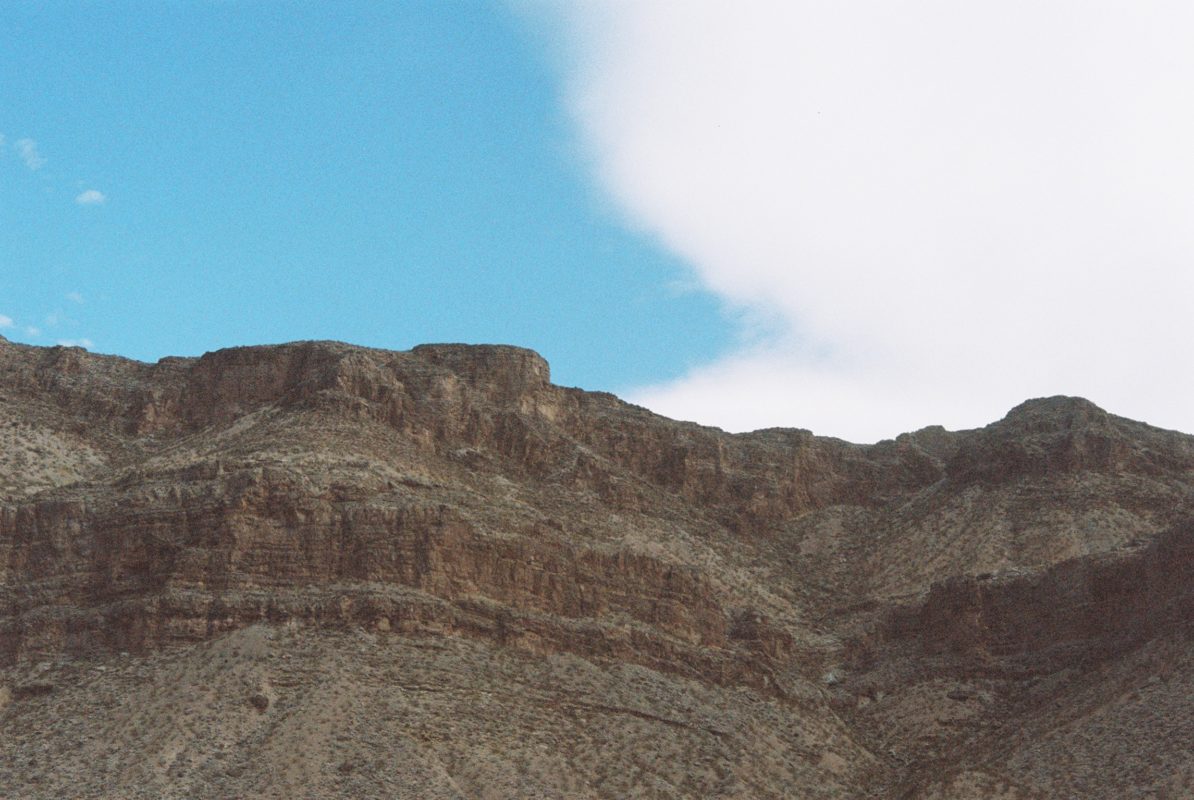Connor Ragland specializes in photographing snake wildlife to de-stigmatize reptiles
Colorado, home of the Rockies and rich biodiversity. It’s a dream for campers and wildlife enthusiasts. My brother happens to be one of those camping enthusiasts, going to around 20 national parks in his Subaru Crosstrek before 21 years old. His friend, Connor Ragland, who is a wildlife photographer met us there on his road trip back to California, from Eckerd College, Florida. Connor is an environmental sciences major, specializing in reptiles and large mammals. I tagged along with them, in their custom Subarus, taking a “walk on the wild side.”
Connor has a tall frame at about 6’4, and walks around the trails with long strides like Wilt from “Foster’s Home For Imaginary Friends.” He has the same patient demeanor as the red cartoon character, often apologizing for pulling over to take pictures of animals scattered across Colorado.
Connor specializes in finding snakes on the road at night. Currently he is working on an academic paper which attempts to determine whether snakes cross the road more frequently on a new moon. A new moon, he explains, might provide snakes with better hunting conditions due to the lack of light. If the thesis proves true, snake crossing signs could be put up, telling drivers to slow down to prevent snake roadkill.
As we make our way to the Bureau of Land Management campground around 11pm, Connor turns on his high beams plus rack light in front of his car. Bruce Springsteen blasts on the stereo as we try to determine the best 5 songs of all time. I was in the middle of backtracking, maybe Brucy-boy isn’t a terrible musician when Connor swerves, slamming on his brakes. “I think that’s a rattlesnake!” Confused, I looked in the rear view, but Connor already hopped out the car leaving the door open. The car chimes, and the engine runs idle.
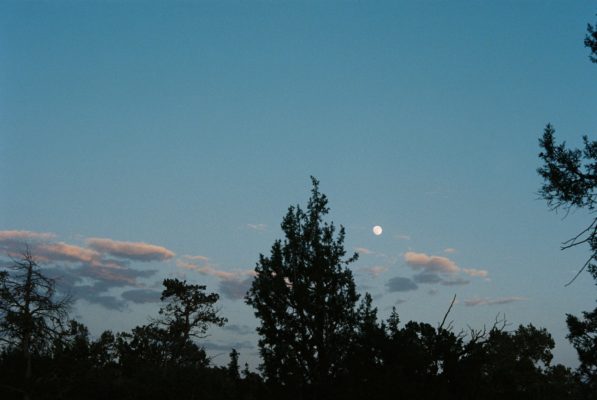
My eyes adjust and I spot Connor. He keeps stepping out in front of the snake, putting his foot in the rattler’s face to keep it from slithering into the bushes. “I don’t think I’ve seen this species, can one of you watch the snake while I get my camera out.”
The snake coiled up and shivered its rattle menacingly. If you grew up in the desert states like me, it naturally sends chills down your back.
I laughed nervously, but my brother said, “I’ll do it!,” quickly juking out the rattlesnake who’s trying to escape to the other side. Connor comes back with the stereotypical outdoors hat (he used it for Australian impressions earlier in the trip) and goofily throws it at the snake which plops right on top of our new pal. He celebrates with a small fist pump which leads me to believe he is a real life Pokémon trainer.
At this point, I realized I’m the only one terrified of this thing, keeping a distance of about 15ft. “Hey Enrique, come closer! Look how quick he is,” my brother yells
“Naw, I’m good here.” The snake continues darting around, trying to escape.
“I’m glad you’re afraid, this is a good learning experience. Rattlesnakes aren’t that dangerous, if they’re out in the road, like, they’re easy to dodge. You kind of have to be stupid to get bitten.” Connor says as he sits criss-cross in front of the coiled up snake.
“My friends and I call them ankle-melters. You won’t die, but you’d probably lose a leg.”
Connor has a snake hook and is trying to get the snake to stick its black forked tongue out so he could photograph it.
A lot of his work, Connor says, is to destigmatize snakes. “Sometimes, I’ll be out in Florida and I’ll see a house displaying a snake head on their gate as a trophy.” He says if people knew how harmless they were, they wouldn’t feel the need to kill them. Another obstacle to his work are hardcore Christians who view snakes as a symbol of the devil himself. (In the Bible, Satan first appeared as a snake to tempt Eve.) He’s seen country singers kill snakes and post pictures online with bible scriptures as a caption, like they killed the devil itself. This really pisses him off. Snakes are just like every other animal, he explains, he’ll never understand why people would want to kill them.
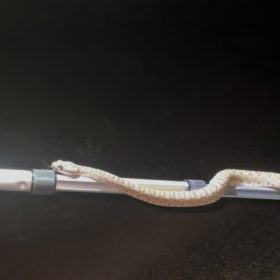
Finally, the snake begins to calm down, realizing Connor isn’t afraid of it. The rattling become sparse, it’s no longer in fight mode, and the snake stops trying to coil up – a sign the snake is trying to strike. In some odd fashion, the snake begins to crawl up a patch of grass. The snake lifted his head and neck vertically, a behavior called periscoping (You’ve probably seen it on TV, it looks like a snake being charmed out of a basket). Connor says he’s never seen a wild rattler do that before, and takes close ups of it. After about 10 mins of watching this goofy kid play with one of my biggest fears, I sat beside them, looking at this venomous snake probe around, almost like it was observing us.
Be sure to follow Connor Ragland’s page to see his full gallery, and the various wildlife he photographs across the U.S.


